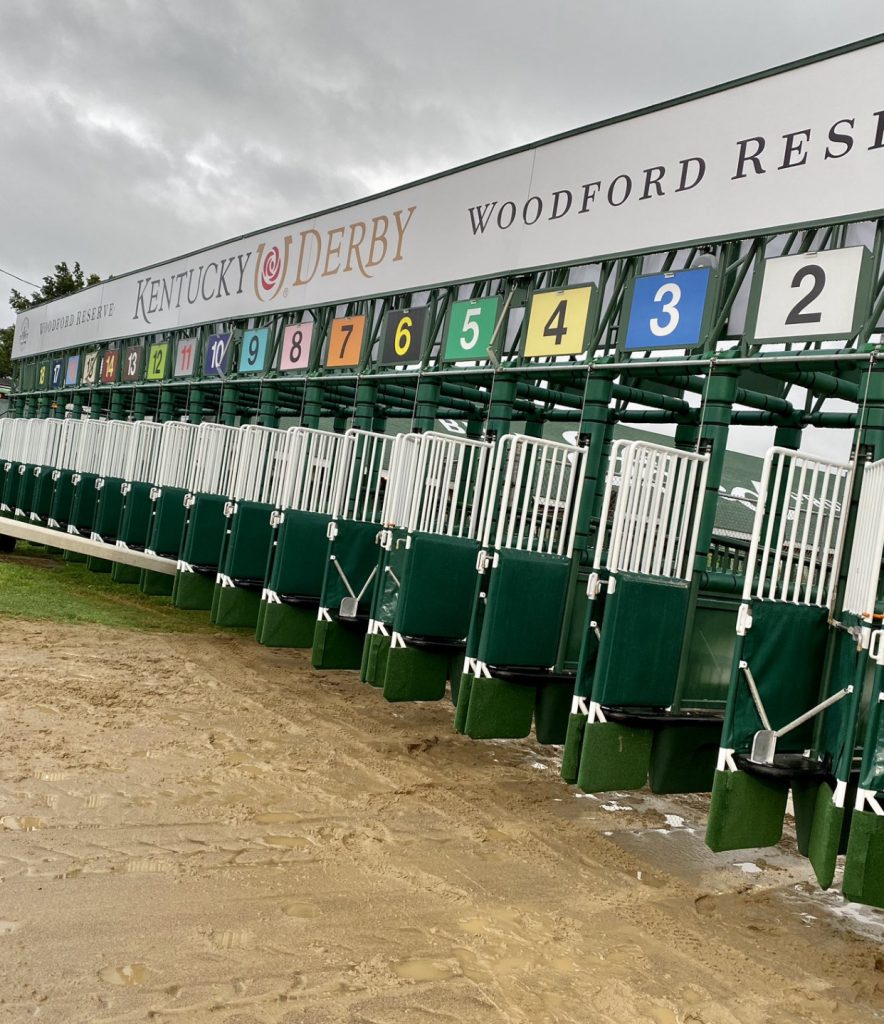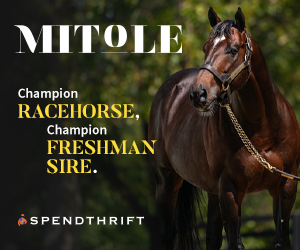
The last time we saw the Kentucky Derby run there was a massive crowd huddled with the hope of staving off a late developing rainstorm. It had been a difficult year to that point, since 2019 saw Santa Anita Racetrack at the center of a firestorm of criticism for an inordinate amount of deaths and their poor treatment of its residents. Calls were out for closure of the “Great Race Place” and heads needed to roll.
Once May arrived, the Derby euphoria ensued like a balm to some very sore muscles. However, on that Saturday, shocking news emanated. To state that there was controversy would be a massive understatement. Crowd noise was one of the factors in startling Maximum Security, some believed, as he gravitated from the two-path outward. Whatever the case, the stewards saw a foul, and made the fateful decision to take down a supposed Derby-winner. They elevated the place horse into history—Bill Mott’s Country House. Once the dust settled, or in this case, the mud dried, everyone was ready for a new 2020.
COVID-19 initiated a global pandemic that punctured economies and wrecked families. No one was immune. Churchill Downs Inc. (CDI), the owners, marketers, and provocateurs of their most cherished event scrambled to redeploy their plans. They moved the event to Labor Day Weekend in hopes of salvaging what was becoming a raucous and difficult year.
The summer opened with some bright prospects for Thoroughbred racing.
A meandering Derby Trail gave some new, upstart trainers the opportunity to showcase their talents like never before. Juan Carlos Avila with King Guillermo and Tommy Drury’s Art Collector emerged as dark horses, for lack of a better term, despite both being scratched due to pre-race injuries.
One of the most captivating stories was the return of Barclay Tagg to the Derby hunt, with his talented colt, Tiz the Law. Tagg won this race before and nearly snagged the Triple Crown back in 2003 with Sackatoga Stables’ Funny Cide. The same owners also own this horse. After winning the Belmont Stakes in June, which became the first leg instead of the third, they went on to nail down the Travers Stakes at Saratoga in August.
Of course, this year’s Derby is not completely full of new faces. It has some of the power trainers like Steve Asmussen, Todd Pletcher, Mark Casse, Dale Romans, and of course, Bob Baffert. Yet, COVID-19 has kept some jockeys at home that are normally “big race” riders. That will give other folks who have labored just as hard, like Luca Panici, Miguel Mena, and James Graham, who either have not had the opportunity or are not regular options.
Now that the Kentucky Derby is upon us, I have racked my brain searching for scenarios of what is to come for the sport. There are several areas where decisions over the past few months could set the tone for a true crucible in the future. Three major issues standout.
First, we saw handles at various tracks, the money that is raised on daily racing, rise, in some cases, by epic proportions. With so many people stuck at home, the states that have legalized wagering on racing from the confines of your house, were able to capitalize.
The downside to this situation was that many tracks that profit share and only run simulcast feeds without live racing had extreme difficulty. Furloughs and layoffs of everyone from track announcers to bartenders were affected. The larger totes, like CDI, made it through these economic challenges, and in some cases like with Penn National Gaming, were able to consolidate their holdings.
With the advent of stronger numbers for online gaming (see states like New Jersey and Pennsylvania), another major issue to be decided concerns the Horse Racing Integrity Act. News broke this past week that Senator Mitch McConnell (Majority Leader-R) from Kentucky would spearhead a bill to finally get this political wedge issue moving. Up until this point, major tracks like Churchill Downs have been reticent to back any initiative that would establish strict universal rules for control of testing for illegal drugs that have plagued the sport for decades. This reversal by one of the most powerful politicians in the world is both exciting, and for lack of a better term, suspicious. Whether federal regulatory oversight will change the public’s perception of Thoroughbred racing remains to be seen. To be continued…
In my opinion, the most compelling issue in the sport concerns the breeding and bloodlines of new horses. During the Mortgage Crisis of 2008, Thoroughbred racing saw a major drop in foal production, as pedigrees suffered, and the gene pool continued its downward spiral. It is a fact and not spin, that inbreeding never propagates a species. At this juncture, I cannot see long-term survival of racing, in this way. Those concerned with tomorrow or further out, are flummoxed. Time will tell here.
Recently, the Jockey Club of America hosted their annual roundtable, albeit remotely, and it was tough to hear the concerns voiced (a possible end to the claiming ranks, bloodlines, testing issues), but it was important to hear some of the realities facing the industry. What can be surmised is that the window for Thoroughbred racing to pivot, innovate, and expand is not closed.
This Derby Day, our industry should take stock of our greatest assets, the horses themselves, and remember that sustainability might be more important than tradition. Let us debate whether the playing of “My Old Kentucky Home” is racist and a harbinger for a past that should be long forgotten. But, also within the racing communities, perhaps we should also focus on keeping our national sport from splintering into a select group of tracks that will only further marginalize our cause.
Much to ponder. Hmm… Well, at any rate, Happy Derby Day!
———————————————————————
J.N. Campbell is a turf writer based in Houston, Texas.



